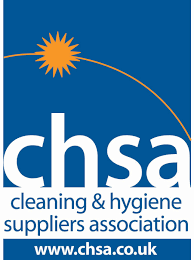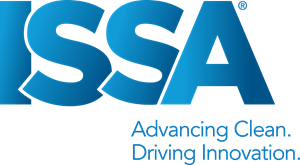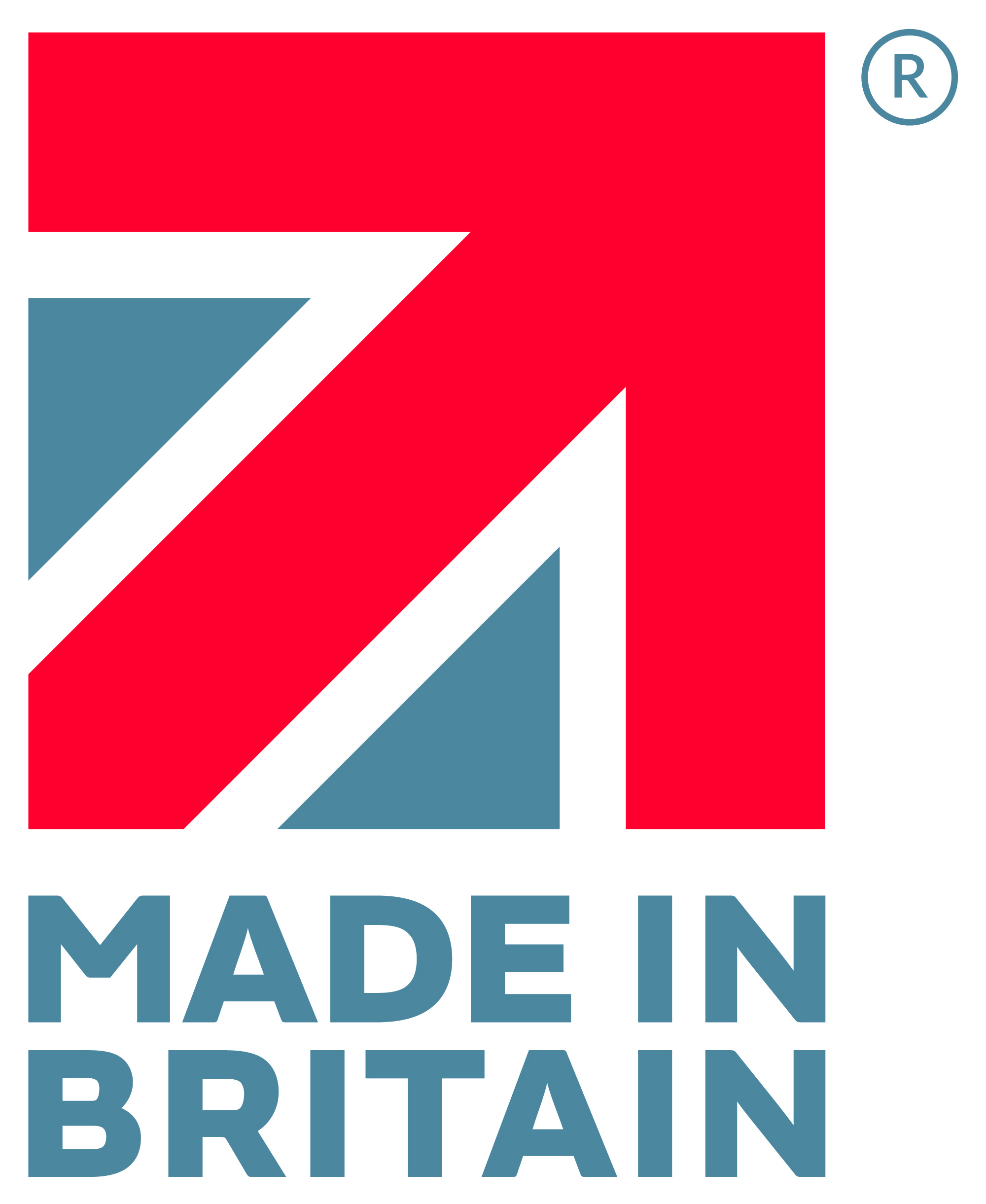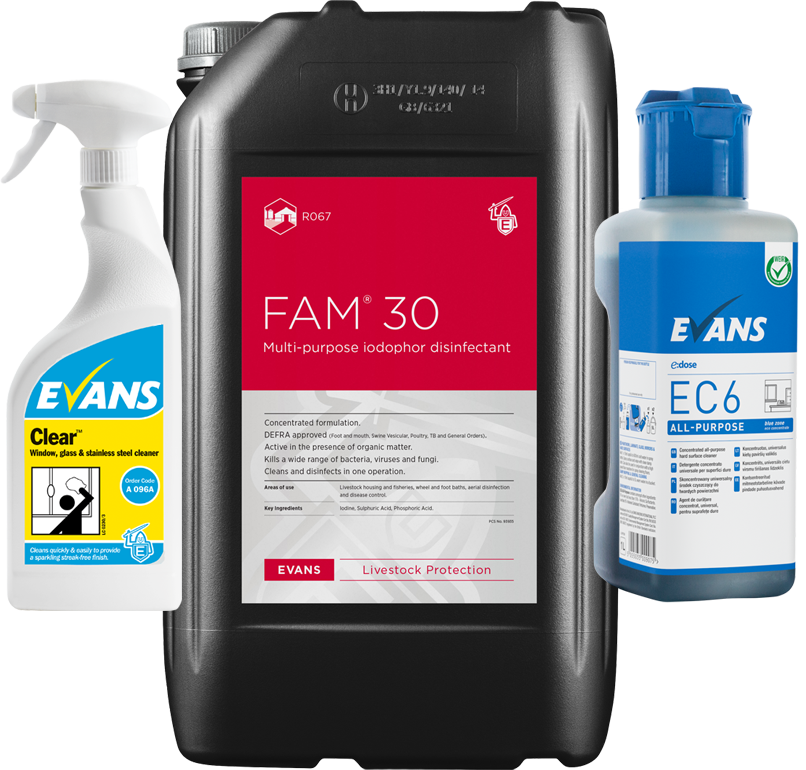Concerns have been raised by the UK Health Security Agency (UKHSA) following an increase in lower respiratory tract Group A Strep infections in some children over the past few weeks, which have caused severe illness and, very sadly, several deaths. Currently, there is no evidence that a new strain is circulating. The increase is most likely related to high amounts of circulating bacteria in the environment.
Streptococcus pyogenes or Group A Streptococci bacterium (GAS), often referred to as Strep A, is a bacteria which can be found on the skin, throat, and other sites where they can live naturally without causing problems. The bacteria can enter the body through inhalation, ingestion, or abrasion to the skin, Most Group A streptococcus infections cause relatively mild illnesses such as ‘strep throat’ (a sore throat), or skin infections. Strep A is also the main cause of Scarlet Fever. There is an extremely low risk of serious infection to healthy individuals; however, if not treated, in very rare cases it can cause infection which can be severe and lead to further complications.
Infection can be spread through close contact between individuals and through shared contact with physical surfaces such as doorplates, handles and taps. Hand washing remains the most important step in preventing such infections. Good hand hygiene should be enforced; it is important that hands are washed correctly. Liquid soap via a soap dispenser should be made available and there should be a plentiful supply of paper towels or hand dryers. Decontamination with an alcohol hand rub is also encouraged, before and after contact with anyone infected and/or their environment.
Individuals should be encouraged to cover their mouth and nose with a tissue when they cough and sneeze and to wash or sanitise hands after. Breaching the skin barrier via abrasion also provides a portal of entry for the organism, therefore all wounds should be thoroughly cleaned and covered with a waterproof dressing.
Surfaces should be cleaned and disinfected as part of a normal cleaning routine, paying particular attention to door handles and high touch surfaces such as door plates.
Further information can be found via the GOV.UK website and blog
https://www.gov.uk/government/news/ukhsa-update-on-scarlet-fever-and-invasive-group-a-strep
https://ukhsa.blog.gov.uk/2022/12/05/group-a-strep-what-you-need-to-know/
Evans recommends the following products to be effective in your infection prevention and control measures:
Surface Disinfection
Protect RTU (ready to use at 1:25) with a 1-minute contact time.
Vanoquat at a dilution of 1:100 with a 5-minute contact time.
Peradox at a dilution of 1:50 with a 5-minute contact time.
Hypochlorite (Evans Chlor Tabs) at 1,000ppm – 1 tablet per 1 L of warm water – with a 5-minute contact time.
Hand Hygiene
Handsan effective against Streptococcus pyogenes with a 30-second contact time
Evans range of liquid soaps
Our hand hygiene and infection control guidance can be found via our Brochures page on our website:
WASH YOUR HANDS www.evansvanodine.co.uk/assets/wash_your_hands.pdf
SANITISE YOUR HANDS www.evansvanodine.co.uk/assets/sanitise-your-hands.pdf
INFECTION CONTROL GUIDANCE www.evansvanodine.co.uk/assets/infection_control_guide_evans.pdf
Evans Vanodine Technical Team
December 2022
To download and print a copy of this guidance, click HERE.
Streptococcus pyogenes or Group A Streptococci bacterium (GAS), often referred to as Strep A, is a bacteria which can be found on the skin, throat, and other sites where they can live naturally without causing problems. The bacteria can enter the body through inhalation, ingestion, or abrasion to the skin, Most Group A streptococcus infections cause relatively mild illnesses such as ‘strep throat’ (a sore throat), or skin infections. Strep A is also the main cause of Scarlet Fever. There is an extremely low risk of serious infection to healthy individuals; however, if not treated, in very rare cases it can cause infection which can be severe and lead to further complications.
Infection can be spread through close contact between individuals and through shared contact with physical surfaces such as doorplates, handles and taps. Hand washing remains the most important step in preventing such infections. Good hand hygiene should be enforced; it is important that hands are washed correctly. Liquid soap via a soap dispenser should be made available and there should be a plentiful supply of paper towels or hand dryers. Decontamination with an alcohol hand rub is also encouraged, before and after contact with anyone infected and/or their environment.
Individuals should be encouraged to cover their mouth and nose with a tissue when they cough and sneeze and to wash or sanitise hands after. Breaching the skin barrier via abrasion also provides a portal of entry for the organism, therefore all wounds should be thoroughly cleaned and covered with a waterproof dressing.
Surfaces should be cleaned and disinfected as part of a normal cleaning routine, paying particular attention to door handles and high touch surfaces such as door plates.
Further information can be found via the GOV.UK website and blog
https://www.gov.uk/government/news/ukhsa-update-on-scarlet-fever-and-invasive-group-a-strep
https://ukhsa.blog.gov.uk/2022/12/05/group-a-strep-what-you-need-to-know/
Evans recommends the following products to be effective in your infection prevention and control measures:
Surface Disinfection
Protect RTU (ready to use at 1:25) with a 1-minute contact time.
Vanoquat at a dilution of 1:100 with a 5-minute contact time.
Peradox at a dilution of 1:50 with a 5-minute contact time.
Hypochlorite (Evans Chlor Tabs) at 1,000ppm – 1 tablet per 1 L of warm water – with a 5-minute contact time.
Hand Hygiene
Handsan effective against Streptococcus pyogenes with a 30-second contact time
Evans range of liquid soaps
Our hand hygiene and infection control guidance can be found via our Brochures page on our website:
WASH YOUR HANDS www.evansvanodine.co.uk/assets/wash_your_hands.pdf
SANITISE YOUR HANDS www.evansvanodine.co.uk/assets/sanitise-your-hands.pdf
INFECTION CONTROL GUIDANCE www.evansvanodine.co.uk/assets/infection_control_guide_evans.pdf
Evans Vanodine Technical Team
December 2022
To download and print a copy of this guidance, click HERE.














